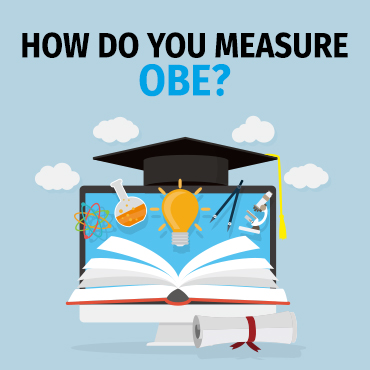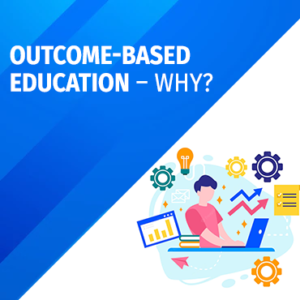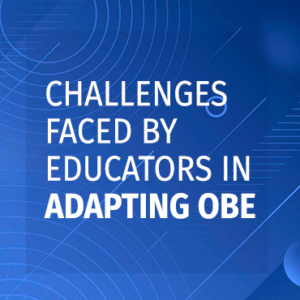
How Do You Measure OBE?
Outcome-Based Education is the easiest way to overcome the challenges of the traditional education system!
This OBE model focuses on outcomes rather than a standard grading system. In order to measure the performance of the student in OBE, different criteria are taken into consideration.
In this article, we are going to show you how to measure the performance of the students in Outcome-Based Education.
Measuring Outcome-Based Education
Outcome-Based Education focuses on delivering the best possible educational experience for students. In essence, outcomes-based education puts the learner’s needs at the heart of the learning process.
The outcomes of a course are clearly laid out, and the system allows for flexibility to address the individual strengths and weaknesses of a learner. In many cases, a student will need more than one type of assessment to achieve mastery.
OBE does not require the elimination of homogeneous grouping. The frameworks of outcomes can be as simple or complex as the school’s goals. A student’s progress can be tracked in order to evaluate how they can improve.
Outcome-based education is a way to improve teaching and learning. In the process, OBE established classes are able to analyse their shortcomings and propose strategies for improvement. The student’s performance is measured against the threshold of the PEO and then compared to the expected level.
When a student does not reach the desired level of learning, remedial actions can be proposed. A class with a PEO also helps teachers evaluate the effectiveness of their teaching.
Three parameters are used by institutions following the OBE model to measure the progress of the students. The parameters are Program Educational Objectives, Program Outcomes and Course Outcomes.
- Program Educational Objectives (PEO)
A program educational objective is a short statement of a student’s learning objective. The goals of a PEO are varied and cover a wide range of knowledge and skills. It can also include effective knowledge, attitudes and feelings.
The purpose of a PEO is to ensure that students graduate with the knowledge and skills they need to be successful in their future careers. In the case of an electrical engineering program, PEOs are a requirement for a career. They are also a prerequisite for pursuing advanced degrees. The purpose of PEOs is to ensure that graduates are ready for the job market and can apply them to their future careers.
- Program Outcomes (PO)
These are the statements that describe the learning objectives of a program. These outcomes can support the goals of an institution, division, or department.
Generally, program outcomes are numbers-based, but they can also be needs-based or satisfaction-driven. A program outcome is an expected result of a program. These goals are measurable, and they indicate where the graduates will be three to five years after they graduate. The learning outcomes should be related to the mission of the college, division, or school.
- Course Outcomes (CO)
These statements are designed to assess the learning process of a student. In addition to being specific and measurable, they should be linked to the program’s learning outcomes. These statements should be clearly stated and included in the syllabus and course materials. It is also beneficial for educators to refer to these documents throughout the course.
A learning outcome is a statement of what a student will learn at the end of a course. In other words, it will define the key learning takeaways from a course. It should be specific enough to focus on the course assignments, materials, and activities. These outcomes also serve as a gauge for providing feedback. As a result, it is important for students to understand the feedback they receive and for educators to see how well they are progressing.
- OBE: A Key Focus Area of NEP 2020
In the context of OBE, the thrust is on what a student is able to do after completing a course or programme. Being student-centric, it empowers students to choose why and how they would like to study. In fact, the NEP 2020 States the importance of ‘outcome’ underscoring the policy’s focus on results.
This approach resonates with the National Education Policy (NEP) 2020’s aim of creating a more holistic and multidisciplinary education that is result-oriented.
To effectively execute the policies outlined in the National Education Policy (NEP) 2020, it is essential to establish and adhere to a specific framework model. This involves delineating desired outcomes, crafting a curriculum centred on these outcomes, embracing relevant teaching and learning pedagogies, and creating assessments tailored to gauge the achievement of learning objectives. Essentially, Outcome-Based Education (OBE) encapsulates this entire process.
OBE, being the student-centric instructional strategy that is focused on achieving specific goals, is a perfect fit for the NEP’s vision of transforming India’s education landscape.







